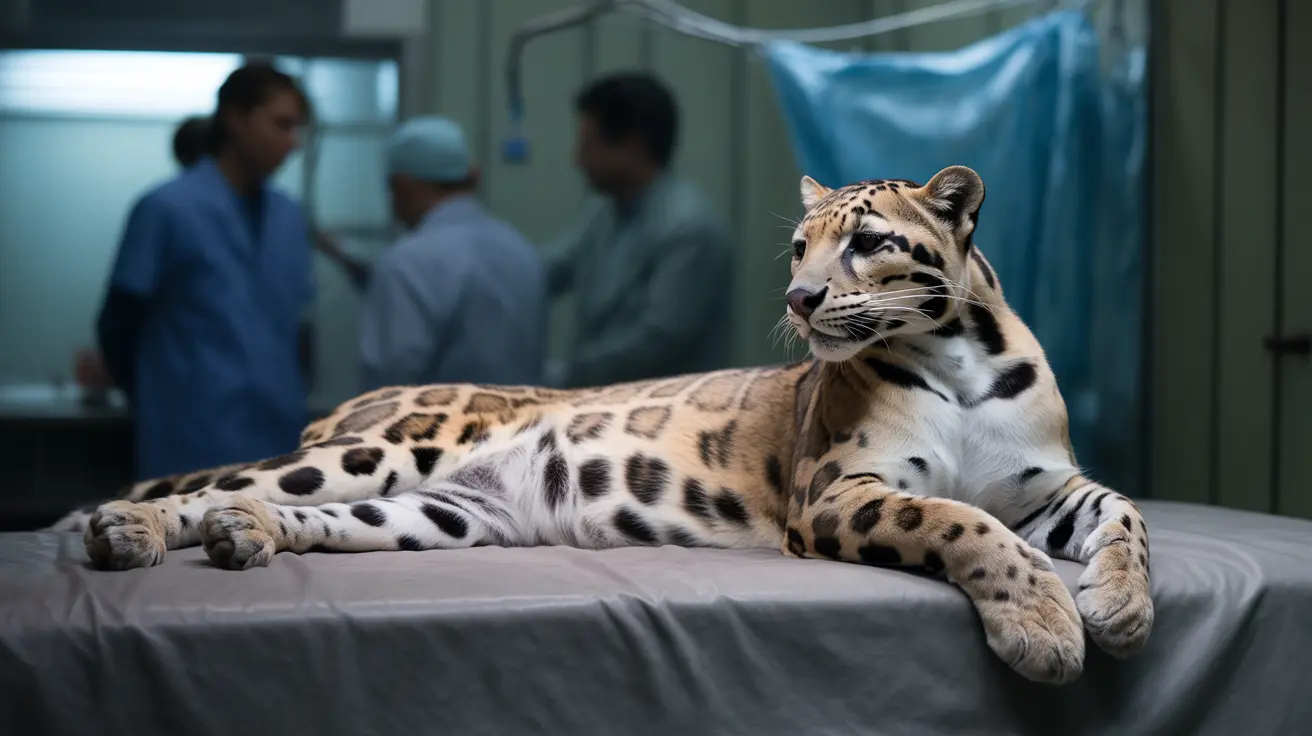For centuries, cat owners have wondered about the emotional depth of their feline companions. While cats may seem mysterious and aloof, scientific research has revealed fascinating insights into their emotional capabilities. Today, we'll explore the compelling evidence that shows cats not only experience emotions but also possess remarkable emotional intelligence.
Recent studies have demonstrated that cats experience a range of basic emotions and can even recognize and respond to human emotional states. This understanding has revolutionized how we view the human-cat relationship and provides valuable insights for pet owners seeking to strengthen their bond with their feline friends.
The Science Behind Feline Emotions
Scientific research confirms that cats experience several fundamental emotions, including happiness, fear, anxiety, and anger. These emotional responses are regulated by similar brain structures and hormones found in humans, suggesting a biological basis for feline emotional experiences.
Studies have shown that cats' brains release oxytocin—often called the "love hormone"—during positive interactions with their owners, demonstrating a neurochemical foundation for emotional bonding.
How Cats Express Their Emotions
Cats communicate their emotional states through a sophisticated combination of body language, vocalizations, and facial expressions. Recent research has identified nearly 300 distinct facial expressions in cats, far more complex than previously believed.
Body Language Indicators
- Tail position and movement
- Ear positioning
- Whisker placement
- Body posture
- Pupil dilation
Vocal Communications
- Purring (contentment or self-soothing)
- Meowing (attention-seeking or greeting)
- Chirping (excitement or anticipation)
- Hissing (fear or aggression)
Emotional Recognition and Response
One of the most remarkable discoveries about feline emotional intelligence is their ability to recognize and respond to human emotions. Studies show that cats can distinguish between happy and angry human expressions, adapting their behavior accordingly.
Younger cats (3-4 years old) demonstrate particularly strong abilities in emotional recognition, often responding more appropriately to their owners' emotional states than older cats.
The Evolution of Feline Emotional Intelligence
Over 10,000 years of domestication have shaped cats' emotional capabilities. Unlike dogs, which were actively bred for specific working roles, cats' emotional intelligence evolved through their unique relationship with humans as companions and pest controllers.
This evolutionary history has resulted in cats developing specific social-cognitive abilities that help them understand and respond to human emotional cues while maintaining their independent nature.
Frequently Asked Questions
Do cats really have emotions like happiness, fear, or sadness?
Yes, scientific research confirms that cats experience basic emotions including happiness, fear, and sadness. These emotions are supported by neurological evidence and observable behavioral patterns.
How do cats recognize and respond to their owner's emotions?
Cats use a combination of visual and auditory cues to recognize human emotions. They can distinguish between happy and angry facial expressions and often modify their behavior based on their owner's emotional state.
What signs or body language show how a cat is feeling emotionally?
Cats display their emotions through tail position, ear movements, facial expressions, vocalizations, and body posture. For example, a high, curved tail typically indicates happiness, while flattened ears suggest fear or anxiety.
Can cats feel complex emotions such as jealousy or grief?
While cats definitely experience basic emotions, there's limited scientific evidence for complex emotions like jealousy or grief. However, cats may display behaviors that appear similar to these emotions, even if they don't experience them exactly as humans do.
How can understanding cat emotions help improve the bond between cats and their owners?
Understanding feline emotions helps owners interpret their cat's needs and behaviors more accurately, leading to better care and stronger bonds. This knowledge enables owners to respond more appropriately to their cat's emotional states and create a more supportive environment.
Conclusion
The evidence is clear: cats are emotionally intelligent creatures capable of experiencing and expressing a range of feelings. While their emotional lives may differ from humans in complexity, understanding and respecting their emotional capabilities can lead to stronger, more fulfilling relationships between cats and their owners.
By recognizing and responding to our cats' emotional signals, we can create stronger bonds and provide better care for our feline companions, ensuring their emotional well-being alongside their physical health.






